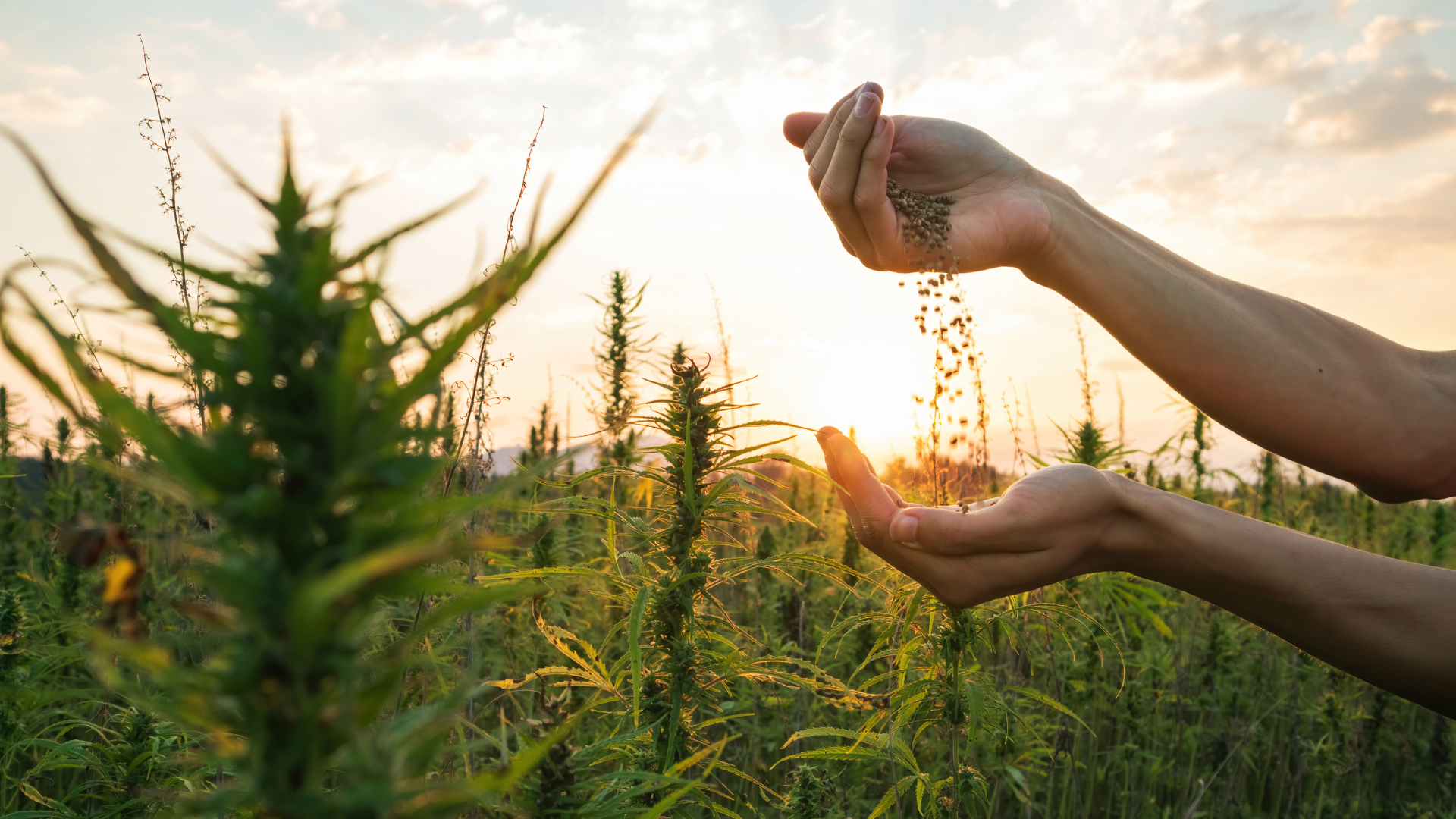What the Hemp?
Historically, hemp has been largely misunderstood. This non-intoxicating variety of the cannabis species is a fast-growing plant, known for its variety of sustainable textile applications; recently we have seen incredible innovations with hemp as food, sought after for its high protein count & amino acid content.
Versatility aside, “hemp is a more sustainable…and regenerative agricultural crop, & most everything you can make with cotton or soy, or corn can be made with hemp – with way less impact on the Earth,” says Hemp Promoter & Earth Advocate Morris Beegle(1).
So with such a regenerative & nutritious plant, why has it taken so long for hemp to enter the mainstream?
It all started with the Marihuana Tax Act of 1937 – the first set of imposed regulations placed on the psychoactive variety of the plant – and by the 1970 Comprehensive Drug Abuse Prevention & Control Act, Hemp had been lumped into the same category as marijuana.
This Act dictated that hemp & marijuana would be treated similarly, in the eyes of the law – even though hemp has no tetrahydrocannabinol present in its natural state. Guilty by association.
It took a full 44 years until the 2014 Farm Bill opened the door for newly informed discussions to take place surrounding the difference between marijuana & hemp. By the 2018 Farm Bill, hemp was finally released from its categorization with marijuana.
Only in recent years have farmers been able to cultivate hemp without fear – with its quick growing season, drought tolerance & ability to sequester carbon, we are only beginning to scratch the surface of what hemp can do for the environment.
Sourcing: (1.) Quote by Morris Beegle, in Parletta, Natalie “Could Hemp Be The Next Big Thing in Sustainable Cotton, Fuel, Wood & Plastic?” Jun. 28th 2019. Forbes.


Comments are closed